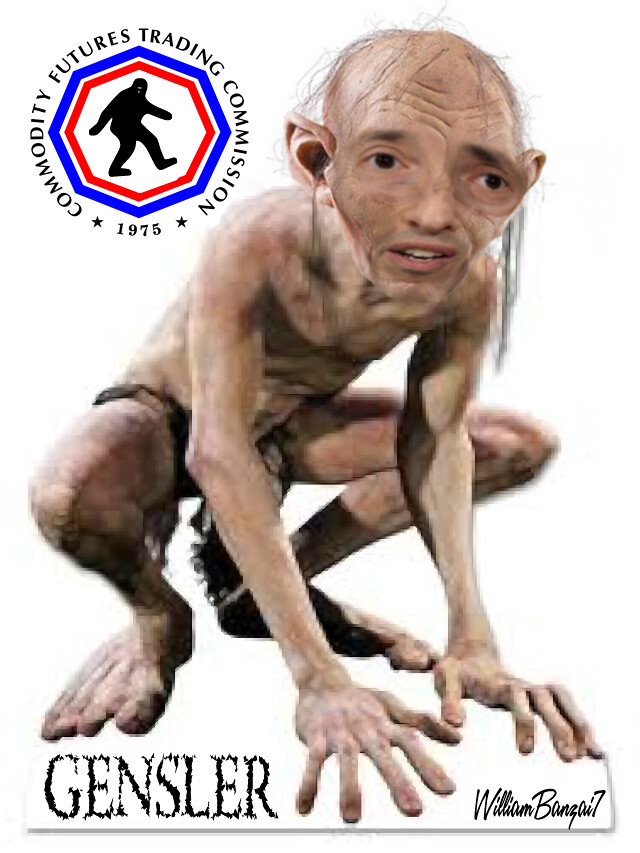The top U.S. derivatives regulator voted today to curb trading in oil, wheat, gold and other commodities after a boom in raw-materials speculation, record- high prices and years of debate and delay.
The rule has been among the most controversial provisions of the Dodd-Frank financial overhaul, enacted last year, which gave the Commodity Futures Trading Commission the authority to limit trading in over-the-counter commodity swaps as well as exchange-traded futures. The proposal would limit the number of contracts a single firm can hold.
“Our duty is to protect both market participants and the American public from fraud, manipulation and other abuses,” Commission Chairman Gary Gensler said in support of the rule. “Position limits have served since the Commodity Exchange Act passed in 1936 as a tool to curb or prevent excessive speculation that may burden interstate commerce.”
The rule limits traders to 25 percent of deliverable supply in the month nearest to delivery. The spot-month limits apply separately to physically settled and cash-settled contracts. Deliverable supply will be determined by the CFTC in conjunction with the exchanges.
...
Outside the spot month, the caps limit traders to 10 percent of the first 25,000 contracts of open interest and 2.5 percent thereafter.
“You want speculation or you don’t have any markets,” said Commissioner Bart Chilton in an interview today on Bloomberg TV. “There’s nothing wrong with speculators. It’s when it begins to get excessive. We’ve seen where you can have 30, 35, 40 percent plus in some markets with just one trader holding onto that concentration. That can impact markets.”
The commission estimates that the limits will affect 85 energy traders, 12 metals traders and 84 traders of certain agricultural contracts. The caps will go into effect 60 days after the agency defines the term “swap.” The agency declined to estimate when that will be. Limits outside the spot month are likely to go into effect in late 2012.
The rule calls for traders to aggregate their positions, a change that may affect large firms with multiple strategies. It also would tighten an exemption allowing so-called bona fide hedgers to exceed the caps.
...
More: http://www.businessweek.com/news/20...rove-new-limits-on-commodity-speculation.html
Bolded parts = F you JPM



